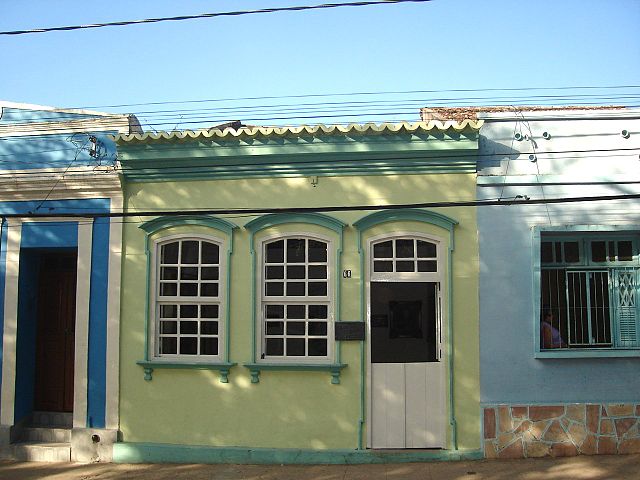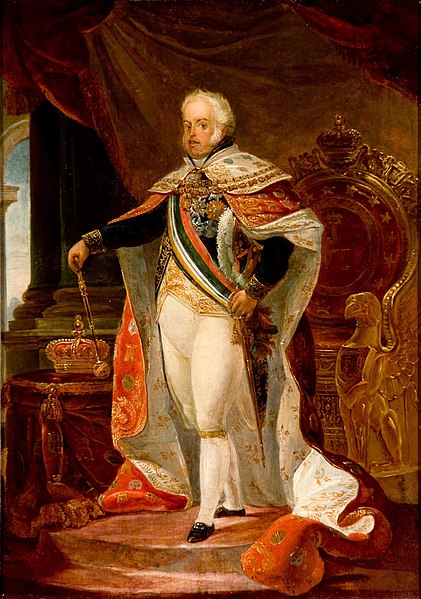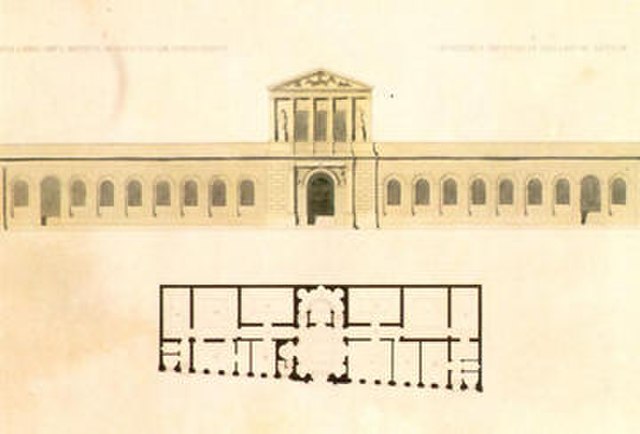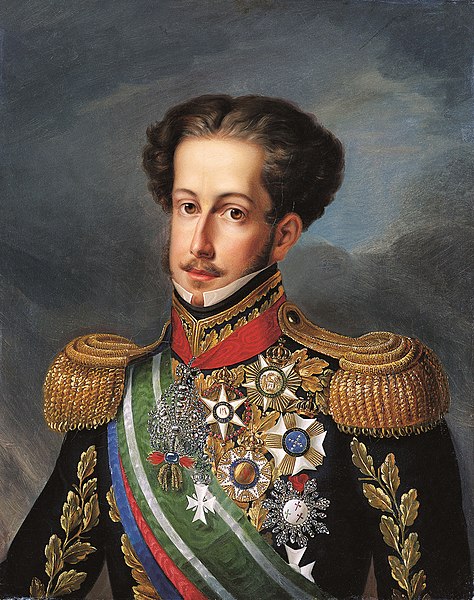Pedro Américo de Figueiredo e Melo was a Brazilian novelist, poet, scientist, art theorist, essayist, philosopher, politician and professor, but is best remembered as one of the most important academic painters in Brazil, leaving works of national impact. From an early age he showed an inclination towards the arts, being considered a child prodigy. At a very young age, he participated as a draftsman on an expedition of naturalists through the Brazilian northeast, and received government support to study at the Imperial Academy of Fine Arts. He did his artistic improvement in Paris, studying with famous painters, but he also dedicated himself to science and philosophy. Soon after his return to Brazil, he began to teach at the Academy and began a successful career, gaining prominence with great paintings of a civic and heroic character, inserting himself in the civilizing and modernizing program of the country fostered by emperor Pedro II, of which the Imperial Academy was the regulatory and executive arm in the artistic sphere.

The house where Pedro Américo was born, today a museum in his memory
Self-portrait at age 11
Sócrates afastando Alcebíades dos braços do vício, 1861
Batalha de Campo Grande, 1871, depicting the homonymous battle
Imperial Academy of Fine Arts (Brazil)
The Imperial Academy of Fine Arts was an institution of higher learning in the arts in Rio de Janeiro, Brazil, established by King João VI. Despite facing many initial difficulties, the Academy was established and took its place at the forefront of Brazilian arts education in the second half of the nineteenth century. The Academy became the center of the diffusion of new aesthetic trends and the teaching of modern artistic techniques. It eventually became one of the principal arts institutions under the patronage of Emperor Dom Pedro II. With the Proclamation of the Republic, it became known as the National School of Fine Arts. It became extinct as an independent institution in 1931, when it was absorbed by the Federal University of Rio de Janeiro (UFRJ) and became known as the UFRJ School of Fine Arts, which still operates today.
Entrance of the Academy building (Photographed by Marc Ferrez, in 1891). Today, it is the entrance to the Rio de Janeiro Botanical Garden.
Dom João VI, painted by Debret. Museu Nacional de Belas Artes.
Architectural plans for the Academy, published by Debret
The final portrait commissioned by Dom Pedro I; painted by Simplício de Sá.








